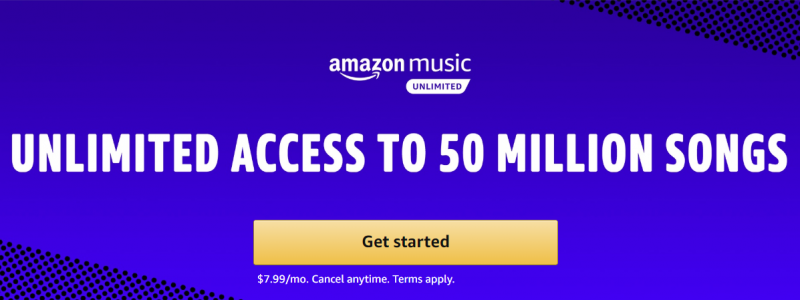According to a report by Music Business Worldwide, Amazon is looking to jump into Hi-Res music streaming, challenging established audiophile music streamers like Tidal and Qobuz. The streams are reported to be part of a new tier added onto their existing Amazon Music Unlimited service.
Hi-Res music streaming if you didn’t know, is music streamed at a higher quality than 16bit-44Khz CD audio, usually 24bit-96Khz. A good portion of audiophiles swear by Hi-Res files for enhanced dynamic range and just overall crisper audio. There is a raging debate online regarding whether there is an audible difference between the two, but people like myself are willing to pay extra for them when they are available.
Tidal charges $19.99 a month for their service that includes MQA high-resolution streams, and Qobuz, which is a new player in the U.S., charges $24.99 for their hi-res tier which uses FLAC files. The report states that Amazon is not likely to use MQA, which means they will most likely go with FLAC.
“MBW has heard this whisper from several high-placed music industry sources, who say the price of Amazon’s new tier will likely be in the region of $15 per month. It’s expected to launch before the end of 2019.”
According to MBW, Amazon is looking to come in around $15, which follows its business model of undercutting the competition. There is nobody currently doing Hi-Res at that price point. It will be even more tempting pricewise if they give additional discounts to Prime members as they do with the current plans.
The prospect of Amazon coming into Hi-Res streaming is intriguing since they will most likely come in with a sizeable library of albums right out of the gate. They have a lot of existing relationships in the Music Industry. This is something Qobuz had issues with at the time of their full-blown launch. Their library was missing a lot of the music that TIDAL had, probably because they were still negotiating U.S. licenses.
They will also have an advantage with Alexa integration, which is being added to a lot of hi-fi products nowadays. This will allow them to provide voice control over music playback in a very robust way.
However TIDAL and Qobuz probably have an even bigger advantage amongst audiophiles, since they already have full integration with the many software packages geared towards the hi-fi enthusiast, like Roon and Audirvana on the PC, or UAPP on Android.
If Amazon music doesn’t set up the same integrations with their service, there’s a good chance that a large part of their target audience for Hi-Res music will not switch.

I’m an audio writer who started as a young audio salesman/consumer electronics professional back in the late 90s. That’s where I discovered the magic of 2-Channel sound. My thirst for great sound has led me on a delightful music quest that continues today.


Leave a Reply